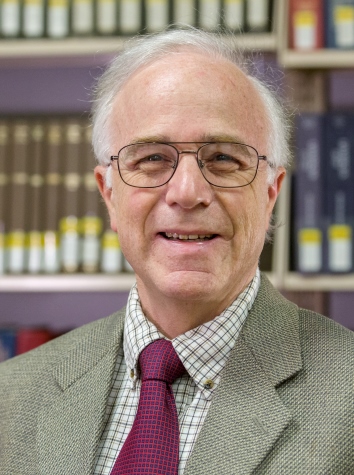By John Redmond
 Students of human history are very aware of patterns and cycles that define our intergenerational experiences. The hope is that by discovering the systemic causes of failures in the past we can prevent or reduce the consequences of failures in the current age.
Students of human history are very aware of patterns and cycles that define our intergenerational experiences. The hope is that by discovering the systemic causes of failures in the past we can prevent or reduce the consequences of failures in the current age.
Karl Marx hypothesized that the important cycles of history were the ones defined by the conflict dialectic and that the arc of history is bending toward worldwide socialism, where material wealth is uniformly distributed.
In the Divine Principle, history moves by the Principles of Restoration in cycles, but the length of the cycles is dependent on the providential response of the central figure and chosen people of an age. The arc of providential history creates a society spiraling upward in increasing beauty, truth and goodness, in addition to the abundance of material prosperity.
The last 400 years of human history have been a golden age of prosperity by any historical measure. There is widespread anxiety that the scientific forces unleashed by the Enlightenment will cause humanity to end in disaster as previous golden ages have. Elon Musk said he’s determined to create another populated planet in case humans render earth uninhabitable. The Dark Ages, which followed the Roman Empire and birth of Jesus, led to 1,000 years of dystopia.
Recent political polarization, exacerbated by Internet information algorithms, have created toxic levels of political discourse in America. This was predicted by Marx, who thought that escalating conflict created conditions for a revolution that would destroy an old structure so that it could be replaced.
The Divine Principle also predicts that conflict can clarify roles of a subject and object, but that in cases where the opponents can be reconciled to a higher truth, a system of higher complexity, unity and effectiveness can be created.
A good example of this success is the creation of the United States. The mounting conflict of the American colonies with England from the 1770s could have resulted in some representation in England, lower taxes, or a humiliating loss. However, the Founding Fathers and Mothers of America were moved to create something new and higher than a simple political win, and indeed, America has been the indispensable nation for the last 100 years.
It seems that human history may be at a turning point from both the materialist and spiritual points of view. What are the forces that affect that turning point and how can we influence the course of history to create an upward spiral rather than a 1,000 year decline?
History has some precedents for how society has been shaped by spiritual and religious movements.
This response from ChatGPT, an artificial intelligence chatbot, was to the question: “What were the Great Awakenings and what were the consequences for America?”
“The First Great Awakening took place in the 1730s and 1740s. It was sparked by preachers such as Jonathan Edwards and George Whitefield, who emphasized the importance of personal conversion and a direct relationship with God. The movement had a profound impact on colonial society, as it challenged traditional religious authority and hierarchical structures. It led to the growth of new religious denominations, such as the Baptists and Methodists, and promoted ideas of equality and individualism.
Continue reading “The Next Great Awakening Through the Convergence of Science and Religion”


















Recent Comments